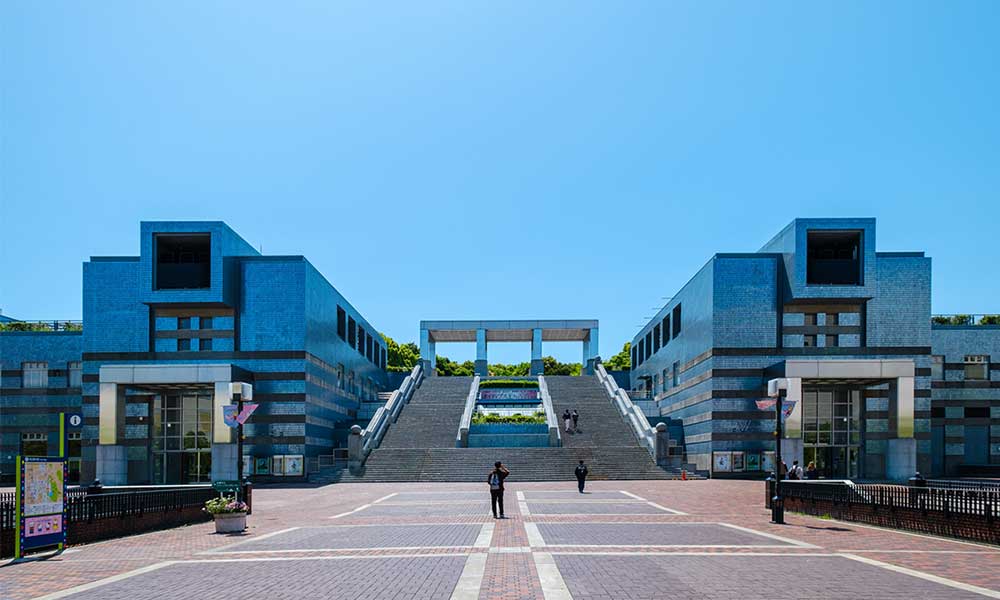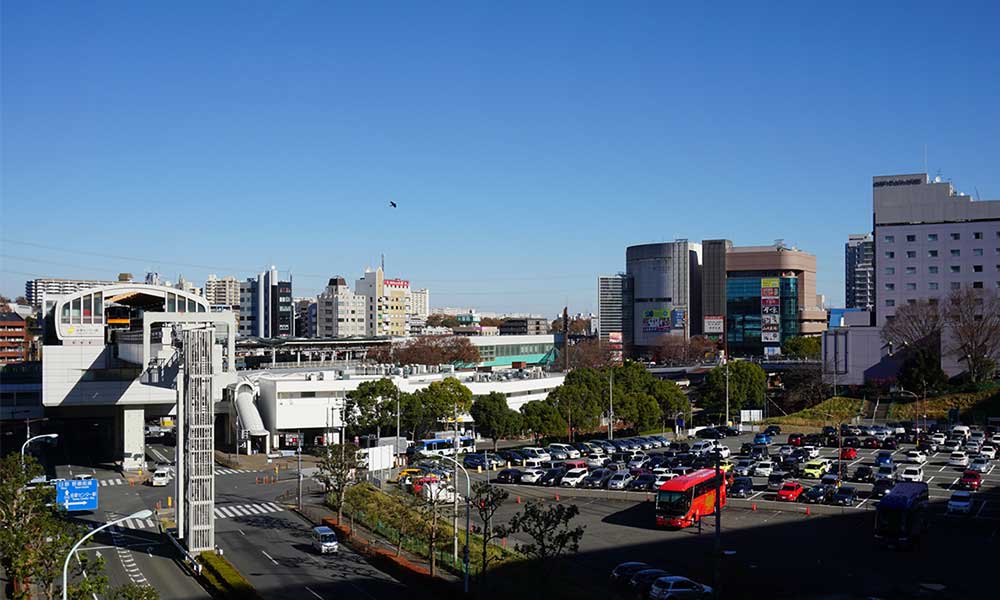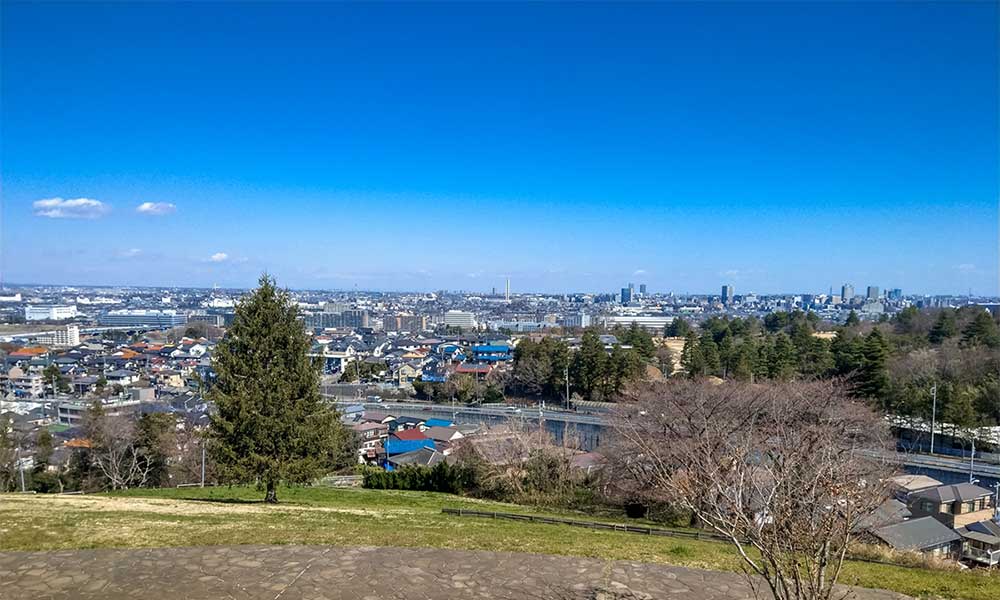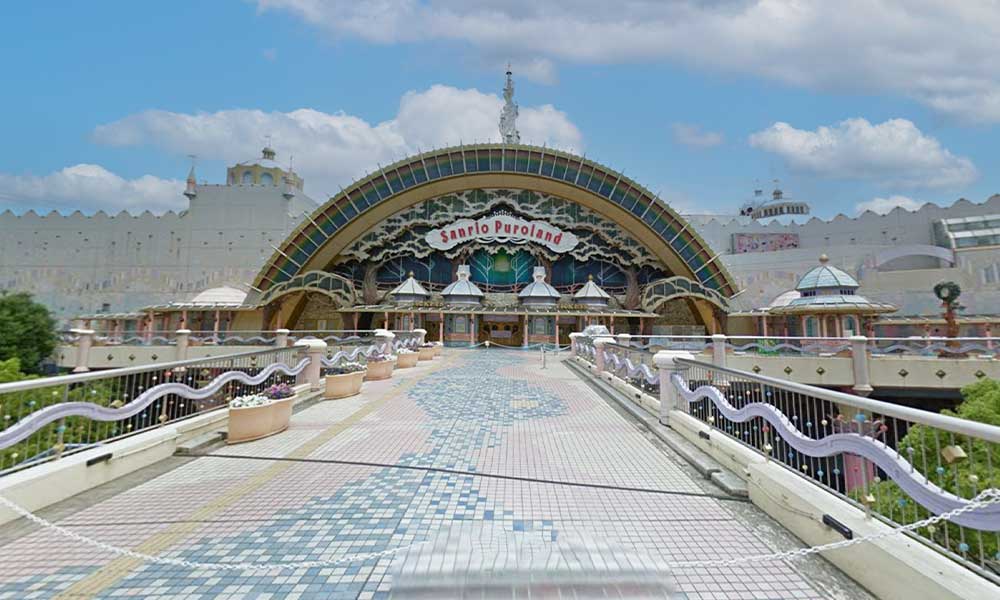Tama City, Tokyo東京都多摩市
Living in Tama City, Tokyo

We have Summarized the livability of Tama City, Tokyo.
MINAMI AREA南多摩地域
CONTENTS
- What kind of place is Tama City, Tokyo?
- Tama CityPR video
- How is the traffic situation in Tama City?
- How are the rent and land prices in Tama City?
- How is childcare and education in Tama City?
- How about shopping in Tama City?
- How about jobs and recruitment in Tama City?
- Tama City’s unique subsidy/subsidy system
What kind of place is Tama City, Tokyo?

Tama City: A city with a diverse range of living environments and an attractive balance between nature and urban areas
Tama City is located slightly south of the center of Tokyo and has an area of approximately 21.01 square kilometers.
It borders Fuchu City to the north, Inagi City to the east, Machida City to the south, and Hino City and Hachioji City to the west.
It has a population of approximately 148,000 and approximately 75,000 households. (As of June 2023)
It is located at the northern end of the Tama Hills and its terrain slopes downward from the southwest to the northeast.
The city’s history dates back to the Kamakura period, when a checkpoint was established and it developed as a post town.
During the Edo period, it was a place where people and goods frequently came and went, as a region that supported the city of Edo, with charcoal produced in the village and sweetfish caught in the Tama River being presented to Edo Castle.
In 1925 during the Taisho period, the first railway was opened here, and the city became more active with the development of infrastructure.
The development of new towns began around the 1960s, and large new residential areas were formed one after another, causing the population to grow.
The town continued to develop after that, and in 1971, Tama City was born as a city.
Currently, Tama City is a popular commuter town with commercial facilities and office buildings concentrated around Seiseki-Sakuragaoka Station and Tama Center Station, and quiet residential areas are just a short walk away.
Tama City is famous for “Tama New Town,” one of the largest new towns in Japan, and it takes up 60% of the city area.
The center of the city is the area around Tama Center Station, which is popular for its beautiful scenery, with beautiful greenery and large parks, and access to residential areas and major facilities from the station via pedestrian-only roads (pedestrian decks).
There are also many tourist spots in Tama City.
Sanrio Puroland is located about a 5-minute walk from Tama Center Station, and since its opening in 1990, it has been a popular theme park for Sanrio characters. It is a facility where not only Sanrio fans but also families can enjoy, as you can experience Sanrio characters everywhere, such as in stage shows, attractions, and food courts.
Parthenon Boulevard is a pedestrian-only boulevard located just outside Tama Center Station, and is a stylish space built in red brick style. Commercial and public facilities line the road, making it a famous lively street where you can enjoy shopping, and the entire street is lit up with illuminations during the Christmas season.
The area around Seiseki-Sakuragaoka Station is popular as the location that inspired the Studio Ghibli film “Whisper of the Heart.” Heading south from the station, there are slopes and shrines that appear in the anime, and many visitors visit the area as a pilgrimage site.
PR video of Tama City, Tokyo
[Outdoor office at a campsite] Enjoy outdoor office and camping at the “Oyato” campsite in Tama City, Tokyo
A unique personality emerges.Tama New Town
Hello Kitty Goes! Tama Center Museum Tour Series
How is the traffic situation in Tama City?

Tama City has well-developed train and bus services and offers easy access to the city center.
There are 4 lines and 7 stations within Tama City. It takes about 60 minutes from Tama Center Station to Tokyo Station and about 40 minutes to Shinjuku.
| Keio Tama Center Station | Keio Sagamihara Line |
| Odakyu Tama Center Station | Odakyu Tama Line |
| Keio Nagayama Station | Keio Sagamihara Line |
| Seiseki-Sakuragaoka Station | Keio Line |
| Odakyu Nagayama Station | Odakyu Tama Line |
| Tama Center Station | Tama Monorail |
| Karakida Station | Odakyu Tama Line |
Keio Electric Railway, Keio Electric Railway, and Kanagawa Chuo Kotsu operate local bus routes within Tama City.
There is also a community bus called “Tama City Minibus” that travels around the city’s major facilities.
There are no expressways or national highways that can be accessed from Tama City.
The trains to Shinjuku are relatively fast and relatively empty even during rush hour. The roads are wide in many places, making it easy to drive.
Some stations have limited train and bus service.
How are the rent and land prices in Tama City?

Tama City is an easy place to live with a wide residential area, nature and parks nearby.
According to information from a real estate information website, the average rent in the city for a newly built apartment within a 10-minute walk from the station is about 74,000 yen for a 1K and about 140,000 yen for a 2LDK.
The average land price is about 710,000 yen per tsubo.
The average price of a newly built apartment is 51.69 million yen, the average area is 68.07 m2, and the average price per tsubo is 2.51 million yen per tsubo. (As of 2018-2022)
Tama City is home to the “Tama New Town,” one of the largest in Japan, due to large-scale housing development that began around 1965, and accounts for 60% of the city’s area. Therefore, in addition to detached houses and apartments, the city is characterized by a high proportion of public housing such as UR.
In addition, about 20% of Tama New Town is parks and green spaces, maintaining a lush cityscape. The area has a high-quality living environment, with pedestrian walkways and initiatives to allow people to walk safely to work or school without having to worry about cars.
Housing prices are also lower than in Tokyo’s 23 wards, making it an ideal area for families who want to raise their children in nature.
There is a large supply of used houses and used apartments, and many of them are reasonably priced.
Prices for new homes and condominiums have been rising over the past few years.
How is childcare and education in Tama City?

Tama City is a city with well-developed educational institutions, child-rearing support, and local events.
Tama City has 21 nursery schools, 9 kindergartens, 19 elementary schools, 11 junior high schools, 3 high schools, 7 junior colleges/universities, and 2 vocational schools.
The Children’s Medical Expense Subsidy System provides full subsidies for both outpatient and inpatient care for infants and toddlers under compulsory education (until the first March 31st after reaching age 6). For children between the ages of 7 and 18 (until March 31st after reaching age 18), subsidies are available for outpatient care with the amount of insurance medical expenses deducted from the self-paid amount up to a maximum of 200 yen per visit, and full subsidies are available for prescriptions, hospitalization, and home care.
Child allowances are provided in the following amounts: 15,000 yen for children under 3 years old, 10,000 yen for the first and second child aged 3 or older but not yet entering elementary school, 15,000 yen for the third child and onwards, and 10,000 yen for junior high school students.
Tama City also has its own unique support system.
The “Children’s Short Stay Program” is a service that provides temporary accommodation for parents who are unable to find someone to look after their children due to unavoidable circumstances such as illness or injury.
The “Sick Child and Convalescent Child Care” is a support measure that allows sick children to be temporarily looked after at hospital facilities, etc., when parents are unable to find someone to look after them due to work or other circumstances.
The “After-School Club” is a support system that provides elementary school children with a safe place to play and study when their parents are not at home after school hours due to work, etc.
Tama City also has a wide range of facilities where children can play.
The Child and Family Support Center “Tamako” is a facility where parents can consult about children and families and where parents and children can interact with each other while raising children.
There are 10 “Children’s Halls” in the city that are open to children aged 0 to 18 and can be used as a place to play and study. They also hold courses and events, and can be used as a place of interaction.
The “After-School Children’s Classroom” is a system that provides elementary school children with a place to study and play using classrooms and schoolyards of elementary schools in the city, and can be used as a place of interaction with the local community.
There are several “children’s cafeterias” in the city, which are support measures that provide nutritious meals for free or at a low cost to children and their families. There are also several “anyone’s cafeterias” where anyone can eat casually, not just children, from young people to the elderly, and the number of these is expected to increase in the future.
There are also many childcare facilities, hospitals and educational institutions.
There are some areas where the number of children on waiting lists for nursery school admissions has not been resolved.
How about shopping in Tama City?

Tama City is a city with many commercial facilities and is convenient for everyday shopping.
Tama City has many commercial facilities, supermarkets, restaurants, etc., centered around Tama Center Station and Seiseki-Sakuragaoka Station.
Around Tama Center Station, there are many commercial facilities and restaurants within a 10-minute walk, including the large commercial facility “Cocolia Tama Center“, which has restaurants, books, clothing, etc., the medium-sized Ito-Yokado Tama Center store, which has daily necessities such as groceries and miscellaneous goods, and “Cross Garden Tama“, which has many facilities for children and cram schools.
Also, Chitosey, located just outside the station, is the only local supermarket in the country, and is known for its daily bargains on fresh foods and prepared foods.
In the vicinity of Seiseki-Sakuragaoka Station, there is the long-established department store “Keio Department Store Seiseki-Sakuragaoka Branch,” and “Seiseki-Sakuragaoka Opa,” which is directly connected to the station and houses restaurants, a supermarket, and more.
In addition, the city has about 16 supermarkets, including Keio Store Commodi Iida.
The areas in front of the stations of Seiseki-Sakuragaoka and Tama Center are home to a number of commercial facilities, making them convenient for shopping.
It’s inconvenient because there aren’t many places to shop at some stations.
How about jobs and recruitment in Tama City?
Tama City: A city with a wide variety of job opportunities and convenient access to the city center
The average annual salary in Tama City is 3.83 million yen.
60% of Tama City is residential. The commercial areas are particularly thriving around Tama Center Station and Seiseki-Sakuragaoka Station, with shopping malls, department stores, supermarkets, and more. As a result, there are relatively many job openings in sales, customer service, and food and beverage.
The area is also home to the headquarters buildings of many major companies, so you can expect to find jobs in sales and general administration.
Manufacturing is also thriving, with a high proportion of jobs in the printing, electronic parts, and information and communications industries, and there are also job openings in manufacturing-related fields.
You will be able to work in an environment rich in natural surroundings and many areas with beautiful scenery.
Because it is a densely populated area, the job market tends to be highly competitive for popular occupations.






